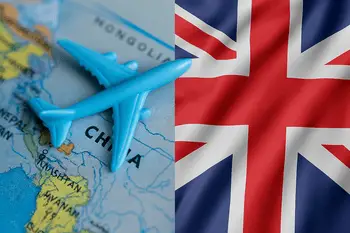
Protecting your intellectual property (IP) is essential when operating in China, one of the world’s largest and most dynamic markets.
This guide provides an in-depth look at China’s IP laws, offering practical advice and resources to help you safeguard your innovations.
Why Intellectual Property Protection Matters
Intellectual property protection fosters innovation and ensures creators and businesses can benefit from their work.
In China, where competition is fierce, robust IP protection is critical for maintaining a competitive edge and preventing unauthorized use of proprietary information.
Types of Intellectual Property Protection in China
1. Patents
- Types of Patents:
- Invention Patents: Protect new technical solutions or improvements.
- Utility Model Patents: Cover technical solutions related to product shape or structure.
- Design Patents: Protect new designs of a product’s shape, pattern, or combination.
- Application Process: Submit applications to the China National Intellectual Property Administration (CNIPA). Include a detailed description, claims, and drawings. The CNIPA conducts a thorough examination before granting patents.
2. Trademarks
- Registration: Trademarks can include words, symbols, or designs. File applications with the CNIPA Trademark Office. The process includes examination, publication for opposition, and approval.
- Duration: Trademarks are valid for 10 years and can be renewed indefinitely.
3. Copyrights
- Scope: Protects original works like literature, music, software, and films. Registration is optional but recommended through the National Copyright Administration.
- Duration: Lifetime of the author plus 50 years for most works; 50 years from publication for films and photographs.
4. Trade Secrets
- Definition: Includes confidential business information like formulas and processes. Governed by the Anti-Unfair Competition Law.
- Enforcement: Legal action can be taken against misappropriation through civil or administrative remedies.
Navigating the Application Process
- Conduct a Search: Use tools like the CNIPA Patent Search System to ensure your IP is unique.
- Prepare Applications: Work with bilingual legal professionals to avoid errors.
- Monitor and Maintain: Regularly check for infringements and renew your IP rights as needed.
Enforcement and Legal Remedies
- Administrative Enforcement: Local IP offices can investigate and penalize infringers.
- Civil Litigation: File lawsuits in Chinese courts for damages and injunctive relief.
- Criminal Prosecution: Severe cases, such as counterfeiting, can lead to fines and imprisonment.
Challenges and Tips for Foreign Businesses
- Language Barriers: Hire bilingual legal experts to navigate the system.
- Cultural Differences: Build relationships with local partners to ease enforcement.
- Evolving Regulations: Stay updated on changes via resources like the World Intellectual Property Organization (WIPO).
Real-World Example: Starbucks vs. Xingbake
In 2006, Starbucks won a trademark infringement case against a Chinese company using the name 星巴克 “Xingbake” which translates to “Starbucks” in Chinese.
This case highlights the importance of registering trademarks early to prevent misuse.
Conclusion
Understanding and protecting your intellectual property in China is vital for long-term success.
By leveraging the resources provided and working with experts, you can navigate the complexities of China’s IP laws effectively.
For more information, visit the CNIPA Official Website or consult with a legal professional specializing in Chinese IP law.


